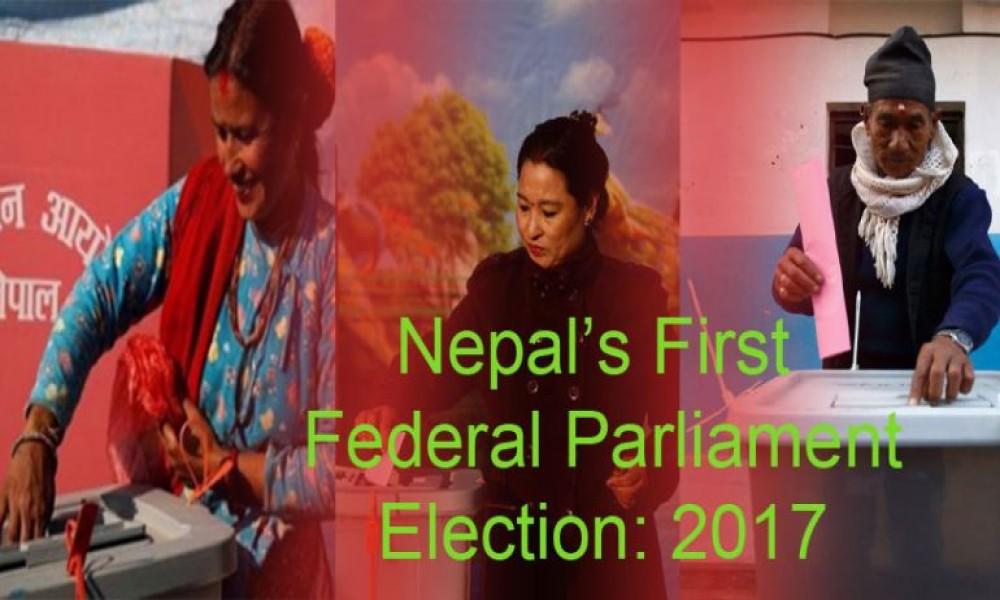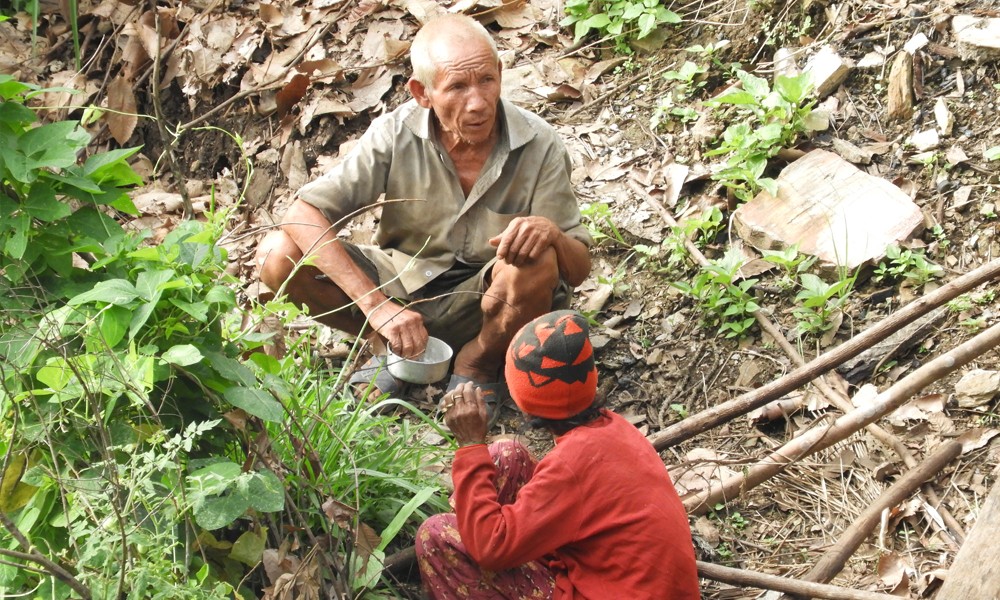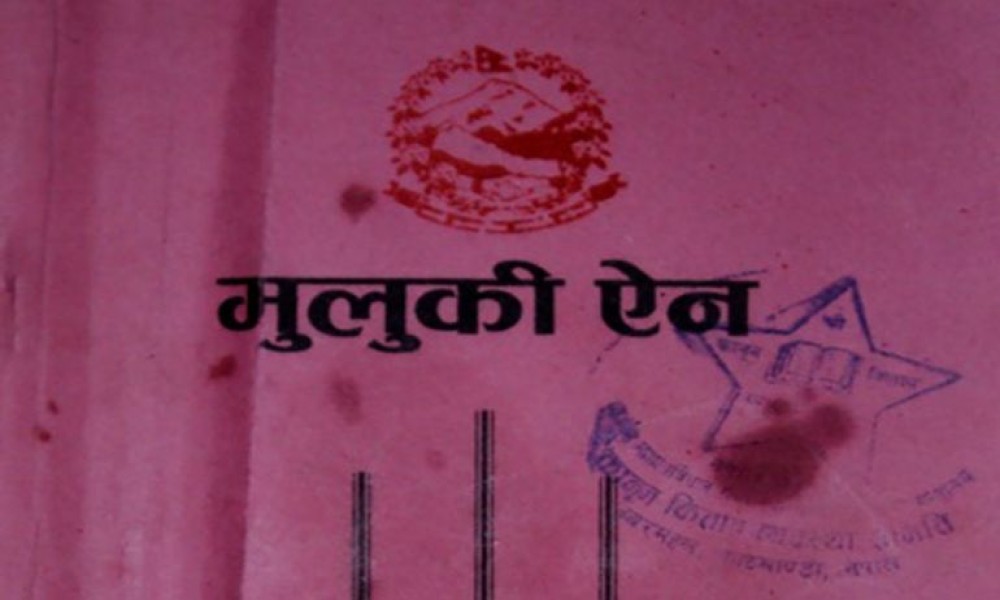A communist alliance swept the first parliamentary elections under Nepal’s new Constitution, winning 116 of 165 seats under the First Past the Post (FPTP) system.
But caste and ethnicity wise, the Bahun-Chhetri-Thakuri-Sanyasi cluster was the real winner. They won a disproportionately high share of FPTP seats, and will dominate the federal Parliament for the next five years. Even the Proportional Representation (PR) system, under which 40 % of the 275 Members of Parliament are elected, is unlikely to compensate other ethnic communities for their under-representation.
The most privileged cluster of Bahun-Chhetri-Thakuri and Sanyasi has won 50% seats under the FPTP system.
The most privileged cluster of Bahun-Chhetri-Thakuri and Sanyasi has won 50% seats under the FPTP system. Bahuns alone have won 31 % seats -- nearly triple the percentage of their population (12%). Chhetris are the largest of all caste-communities, and they have won slightly more seats (18%) than their actual population (16%).
Thakuris have won less than one per cent, and Sanyasi have won a zero seat. But the percentages of seats won by Bahuns and Chhetris are so disproportionate that they their combined cluster has won one in every two seats.
Among Janajatis, Newars lead the pack with 6 % seats. Although their share is still bigger than their population (5%), it pales in comparison to their past records. Newars have always benefitted from their proximity with mainstream parties like Nepali Congress and UML, but the results of the latest polls show their dominance is declining gradually.
Rai and Limbu have won seats slightly more than their populations: 3 % each. Since Rai and Limbu politicians were on the frontline of the identity movement, mainstream parties fielded a lot of candidates from these two ethnic communities.
Madhesis won 21% seats, and Yadavs claimed the biggest pie. Despite having only a 4% population, Yadavs won more than 7% seats of the Parliament.
If Magars have a say in any mainstream party, it is the CPN (Maoist-Centre). But their prospect of having a fair share in the parliament was hampered by the unification of two communist parties. Tamangs never had a fair share, and the November-December elections were not any different. Tharus won 5% seats in the wake of the Madhes-Tharuhat uprising before and after the promulgation of the Constitution in 2015. Gurungs won nearly 2 % seats, which is not unsatisfactory.
Madhesis won 21% seats, and Yadavs claimed the biggest pie. Despite having only a 4% population, Yadavs won more than 7% seats of the Parliament. Vaishya were second to Yadavs, winning 6 % seats. Muslims won less than 2% seats.
Dalits, the most oppressed people both in the hills and the Tarai, make up nearly 20 % of population. But they performed dismally in both regions, winning 1.81% seats in the hills and 2.42 seats in the Tarai. Women are another loser under the FPTP system. They just won 6 seats. Remember, just 6 seats, and not 6 per cent.
(This is the translation of a part of a report written by JB Pun Magar originally in Nepali, and published in www.nepalkhabar.com)









